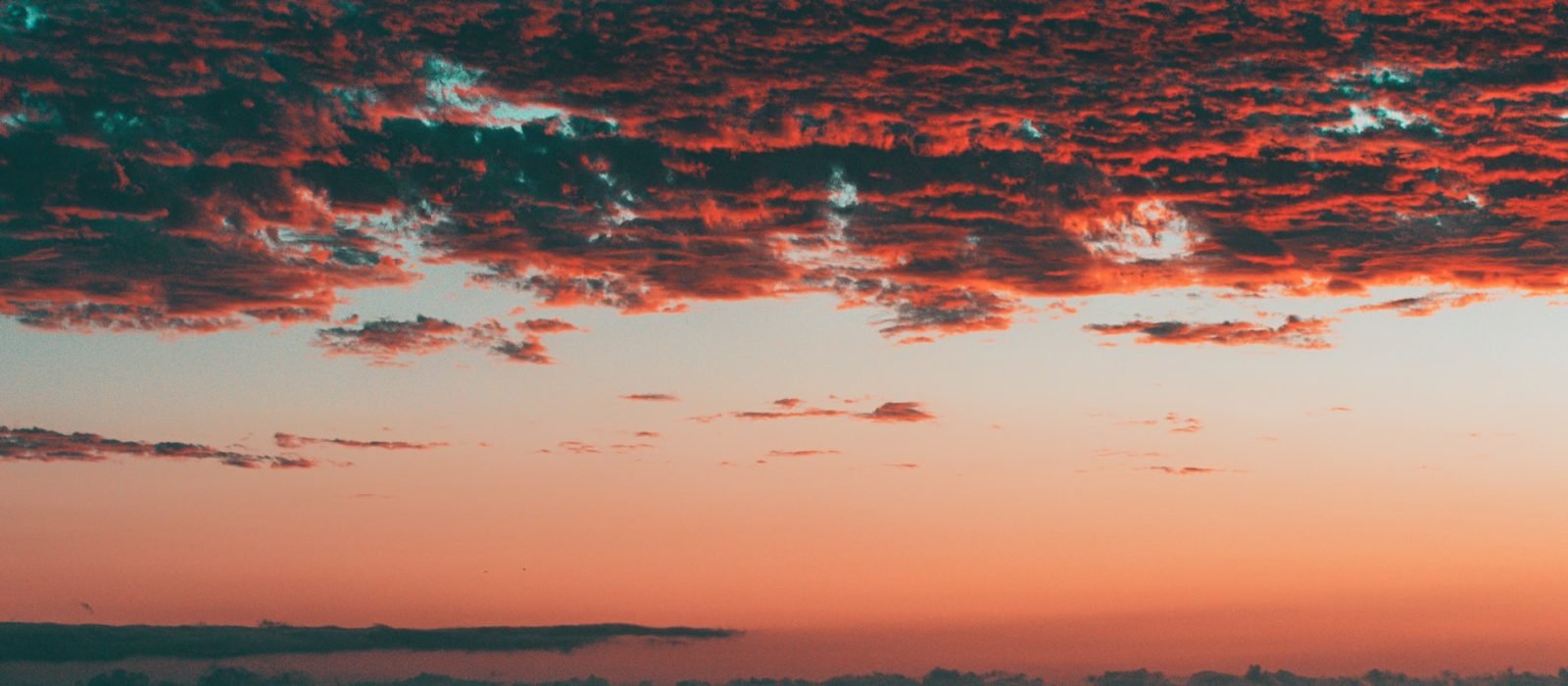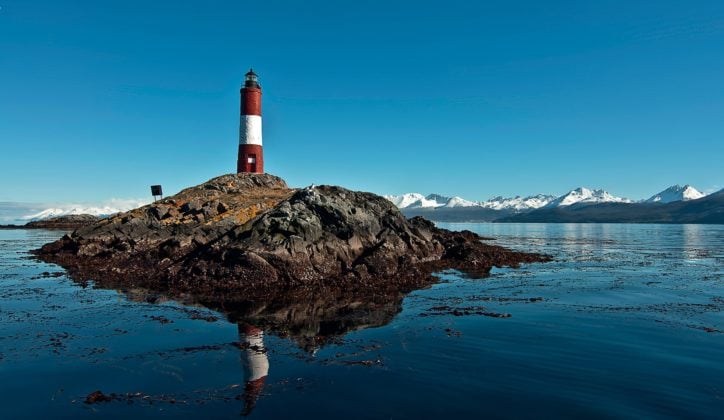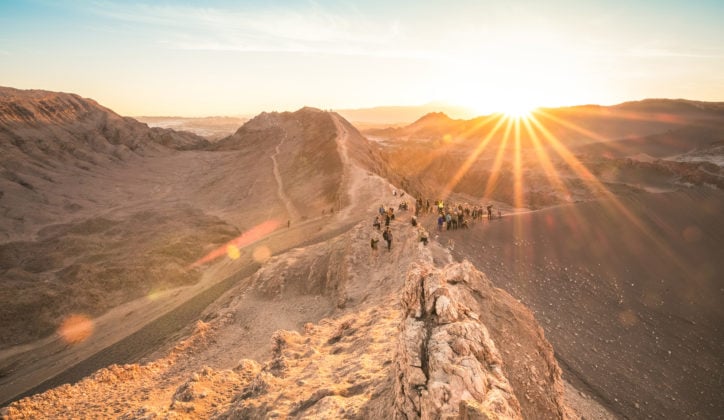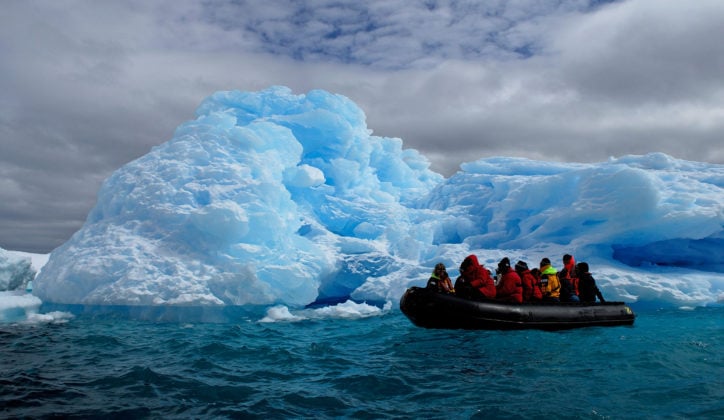Published on: July 24th, 2017
Last modified: July 28th, 2023
Chile is a long, skinny country, stretching 4,270km from north to south and only 177km from east to west, meaning weather and conditions between regions can vary wildly. The good news is, we're here to tell you the best time to visit Chile according to where you want to go and what you want to do.
So, let's divide and conquer. Broadly speaking, Chile can be split into five areas: the Atacama Desert in the North; Santiago and the Wine Region in the middle; the Lake District below it; Patagonia and Torres del Paine in the South; and Easter Island out to the West in the Pacific.

The Best Time to Visit the Atacama Desert and the Salt Flats
Being one of the driest places in the world, you’d be right in thinking there’s usually little chance of being rained on in the Atacama Desert. Just to be safe, though, you might avoid going in late-January to early-February when the wet stuff is a bit more likely, as the unaccustomed roads become easily flooded.
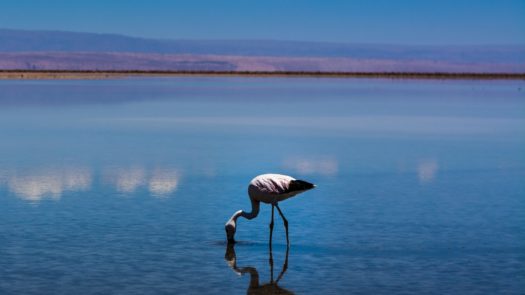
Generally, temperatures in the daytime hover around the low-to-mid 70s all year round. At night, though, expect sub-zero chills in the winter (June to September).
For the celestially inclined, December through February offers spectacular stargazing. To make the most of the night sky, time your visit for a new-moon phase. And avoid January if you’re not keen on crowds.
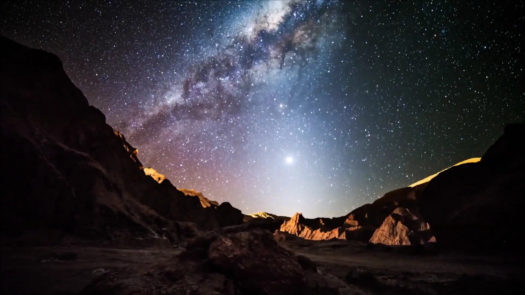

The Best Time to Visit Santiago and the Wine Region
Santiago, the country’s capital, has a temperate Mediterranean climate year round. Saying that, most of the country’s population lives in central Chile, with 40% in Greater Santiago, and during the height of summer (January and February) many leave the city, making it a great time to visit for a calmer dose of Chilean culture.
If you want a run on the region’s famed ski slopes, however, you’ll want to drop between June and August when the snow is at its best (and most beautiful, we might add).
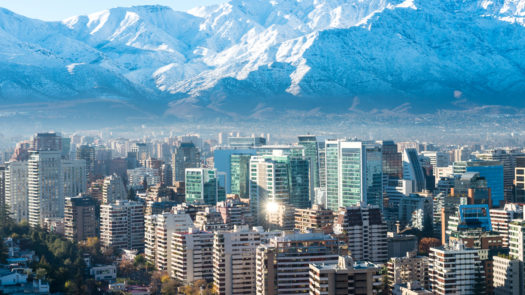
If sampling the best of Chilean wine is more your idea of fun, autumn (March and April) plays host to wine festivals in the central region, where 80% of Chilean wines are produced. You’ll also have the opportunity to tour the vineyards during harvest. It doesn’t hurt that the autumn colours are nothing short of stunning, either.
In general, though temperatures can change quite drastically between day and night due to the area’s proximity to the mountains (which actually contributes to the wines’ flavour profiles), the weather is otherwise much the same throughout the year.
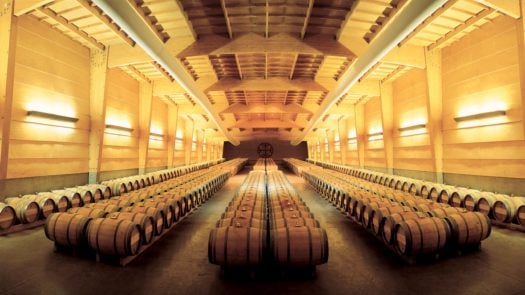

The Best Time to Visit the Lake District
Technically in northern Patagonia, the Chilean Lake District benefits from a slightly more forgiving climate that means you can have fun there year-round.
The best conditions for hiking and water-based activities like river rafting are in spring and summer (October to March), with the busiest time being around December and January – as with much of the country.
October is a great time to go to see spring flowers blooming, but be warned: it is more rainy at this time of year.
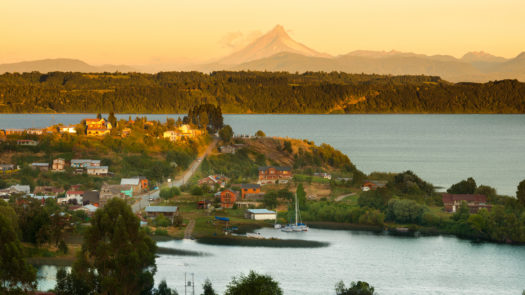
March, when the autumns colours are coming through, is a particularly special time in this region. Plus, the end of the summer sees the crowds subside, so you’ll have more of it to yourself.
If you’re in search of fresh powder, winter (mid-June to mid-October) offers perfect conditions for skiing, snowboarding, and snowmobiling.
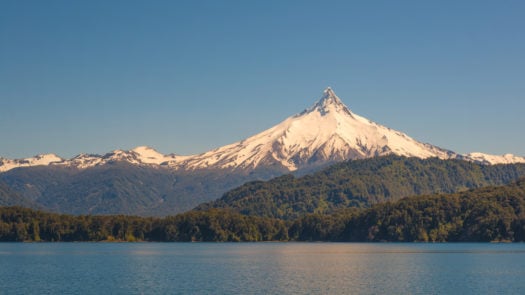

The Best Time to Visit Chilean Patagonia and Torres del Paine
The further south you go in Chile, the more unpredictable the weather becomes, with rain common throughout most of the year – so pack your anorak!
Summer (December to January) in Patagonia offers warmer temperatures perfect for hiking and other outdoor adventures, but with it come the crowds. Added to that, Patagonia’s notorious winds (reaching speeds 120km per hour) often pick up at this time of year – worth considering if you’re not a fan of being blown about.
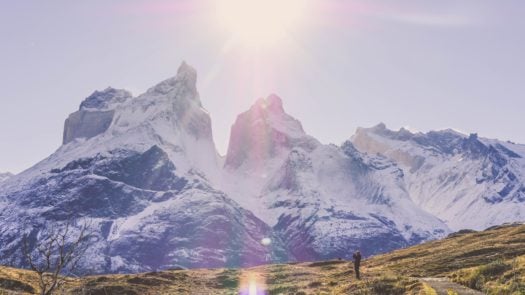
If you’re willing to put on an extra layer in exchange for some solitude, spring (October and November) and autumn (April and May) are also a good bet. But it’s best to avoid the winter months of June to September, when services shut down and passes are too snowy to explore – never mind being extremely chilly (we’re talking -5…).
Wildlife enthusiasts might be excited to hear that April and May are the best time to spot Chile’s big cats, including the elusive puma.


The Best Time to Visit Easter Island
You can expect temperate weather most of the time on Easter Island, with the temperature averaging just below 70 degrees year-round.
Summer (December to March) is generally the driest time to go – although, being an island, there are no guarantees! The rainy season runs from May (which has the highest rainfall) to October.
The first two weeks of February brings the Tapati Festival, a huge Rapa Nui cultural event with dancing and singing competitions, along with a plethora of sporting events. Well worth the trip, we can tell you!
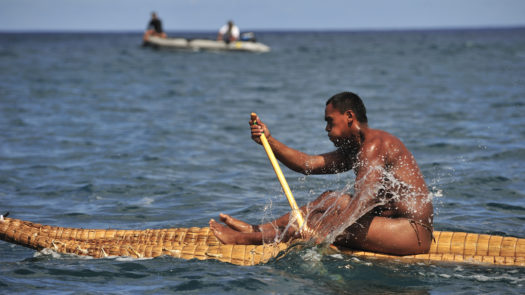
Our top example trips
Whatever you want from your trip to Chile, our team of expert travel designers are ready to help.

